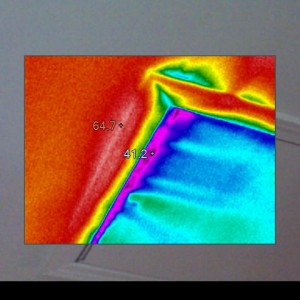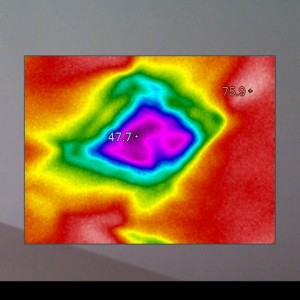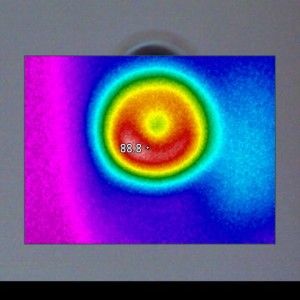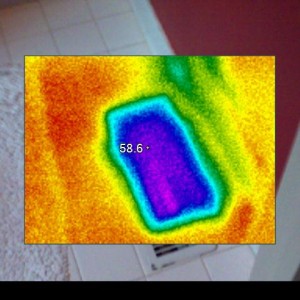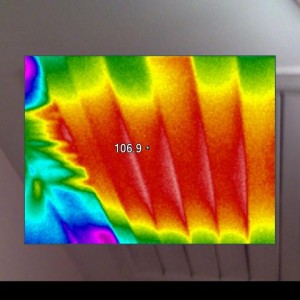“Air sealing” refers to sealing the leaks in the building envelope for homes or commercial buildings. Air sealing is generally considered low hanging fruit since the cost to address the leaky areas is usually small and the return on investment is very fast. Air sealing generally involves sealing off leaky areas with caulk, backer board, expanding foam, insulating gaskets, weatherstripping, and can light covers. If you’re on a budget and your home or building tested as leaky, air sealing (along with lighting improvements) are usually the first improvements to implement. Keeping the heat or air conditioning inside the structure improves comfort level and decreases the load on the HVAC system(s), which in turn reduces costs.
- Common leaky areas:
- Exterior doors
- Windows and/or window trim
- Bottom of baseboards
- Subfloor penetrations in structures with basement/crawlspace
- Penetrations in top floor ceiling such as ceiling fans, alarms, and other electrical penetrations
- Crown molding
- Recessed lighting
- Plumbing penetrations under sinks, behind appliances or bathtubs
- HVAC registers (gaps around ductboot)
- Fireplace transitions
- Fireplace flue vent
- Attic door
- Unvented bathroom fans
- Dryer vents without damper
- Electrical outlets
- Kneewall doors
- Pet doors


